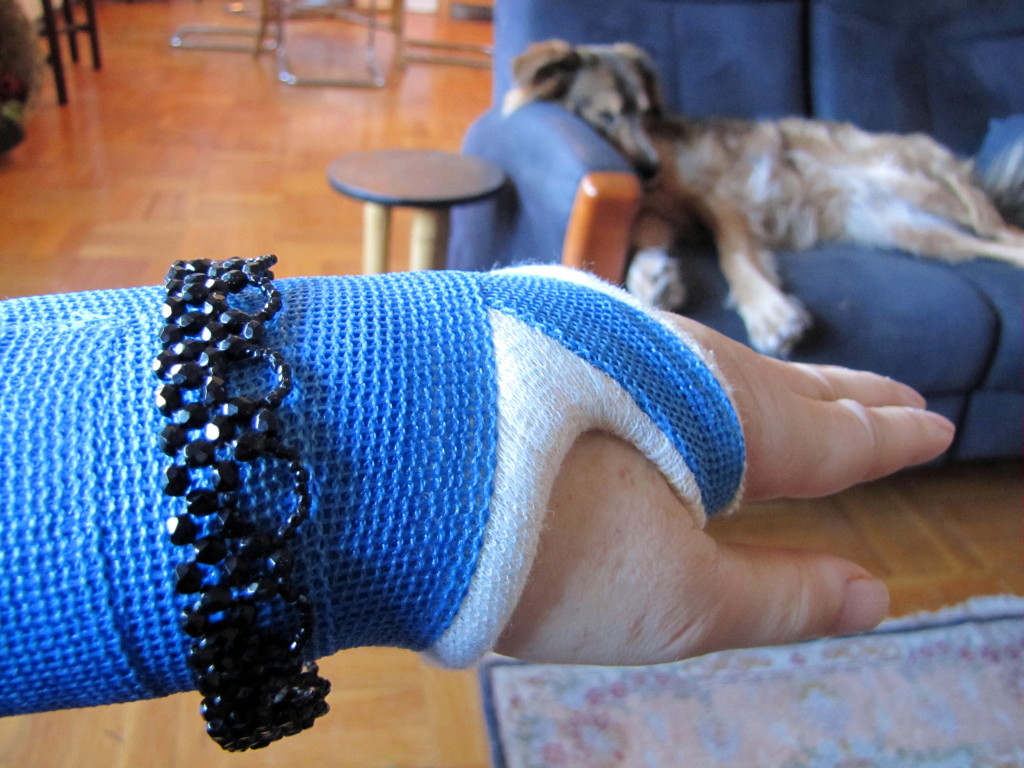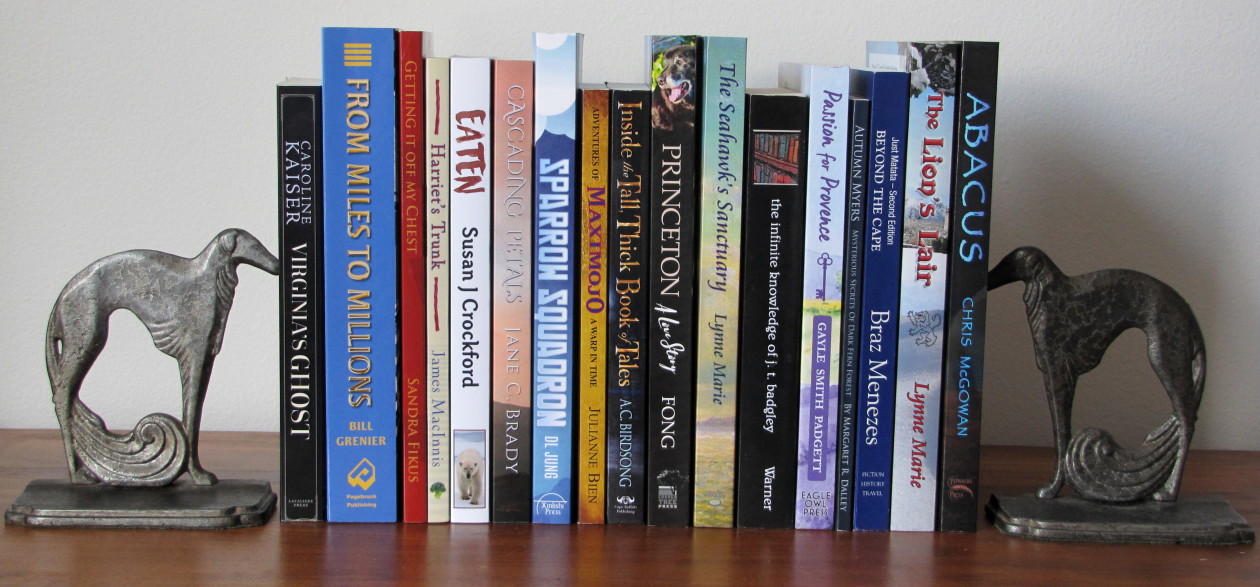Should freelance editors and writers obtain disability and fracture insurance? Especially if you’re young, healthy, and apparently invincible, you may feel these types of insurance are just not worth spending your hard-earned dollars on. After all, you’re hardly likely to injure yourself while you’re typing at your computer, and what are the odds you’ll be in a car accident or have a serious slip and fall that will prevent you from working? Most of us assume that the odds of suffering a serious injury are remote. But what would you do if you couldn’t work for a period of time? Would you have enough money in the bank to tide you over for a few weeks, months, or even longer?
Getting disability and fracture insurance made enormous sense to me, and here’s why. Over the years I’ve broken a total of four bones, torn two ligaments, and concussed myself once. As a friend of mine joked, some people get all the breaks. Here’s the rundown of injuries. I fractured my tibia and tore two ligaments in my knee when I was twenty-nine from a fall on the ice while walking a dog. My second break was at age forty, when I stepped off a cobblestone curb in Montreal and fractured my fifth metatarsal (the plane ride home was loads of fun). Almost exactly a year later, while I was preparing to hold a contents sale, I dropped a sliding door on my big toe, breaking it too (I finished the sale, though). Break number four occurred on January 7th of this year, when I broke my left wrist after another fall on the ice while walking another dog. I’m now 51. What made this fall especially nasty was that I hit my head and concussed myself, resulting in several weeks of post-concussion syndrome (PCS). For those who don’t know, PCS results in severe fatigue, weakness, poor balance, difficulty concentrating, extreme sensitivity to stimuli, nausea, and lousy sleep (and this list of symptoms is by no means exhaustive). Resting your brain in a quiet, dark environment is one of the most important things you can do to aid your own healing.

I emphasize that I was not engaging in anything resembling risky behaviour when these accidents occurred, and that I am not a senior citizen and do not have osteoporosis. I am just extraordinarily accident-prone. You probably aren’t an expert in bone-breaking and head-knocking the way I am, but you could still suffer an accident, and one that could put you out of commission for some time.
Between the broken wrist and the concussion, I was unable to work at all for seven weeks. Over the past month and a half, I have gradually increased the amount of time I can work at the computer and am approaching pre-accident levels. But when my fall first occurred, I lost clients who were unable to wait for me to get better (I also kept some who could). Fortunately, I had been approved for two types of insurance, disability and fracture, just five weeks before my fall, and the benefits I received kept me afloat.
How did I know which insurance company to choose and which level of coverage I needed? I had a meeting with my financial advisor of fourteen years; he shopped around for an appropriate policy for me. I note here that these types of insurance are easy for freelance editors and writers to obtain because our work is sedentary, involving little physical risk. And acceptance doesn’t depend on being robustly healthy to begin with; anyone in any sort of physical condition can have an accident. We explored my options for disability insurance, which would partially replace lost income monthly should I have an accident. How much money would I need to cover my expenses each month (I decided to opt for a maximum benefit of $1,500), and what could I afford in terms of monthly premiums? Fracture insurance was an add-on to the disability insurance and available at two levels of coverage. I decided to choose the one that would pay out a higher lump sum if I broke something. Total monthly premium for both disability and fracture insurance: $67.25.
After making a claim, I promptly received a lump sum payment for the fracture plus a monthly disability benefit. The initial disability payment worked out to 75 percent of my average monthly income over the past year. When I notified my case manager of my increased work hours, the monthly payment was adjusted downward.
Disability and fracture insurance has allowed me to recover from my injuries without having to fret unduly about paying my bills. It also allowed me the luxury of things like taxi rides to the fracture clinic and other medical appointments, as well as laser treatments and physiotherapy. Frankly, I don’t think I can afford to be without it.

 Follow
Follow